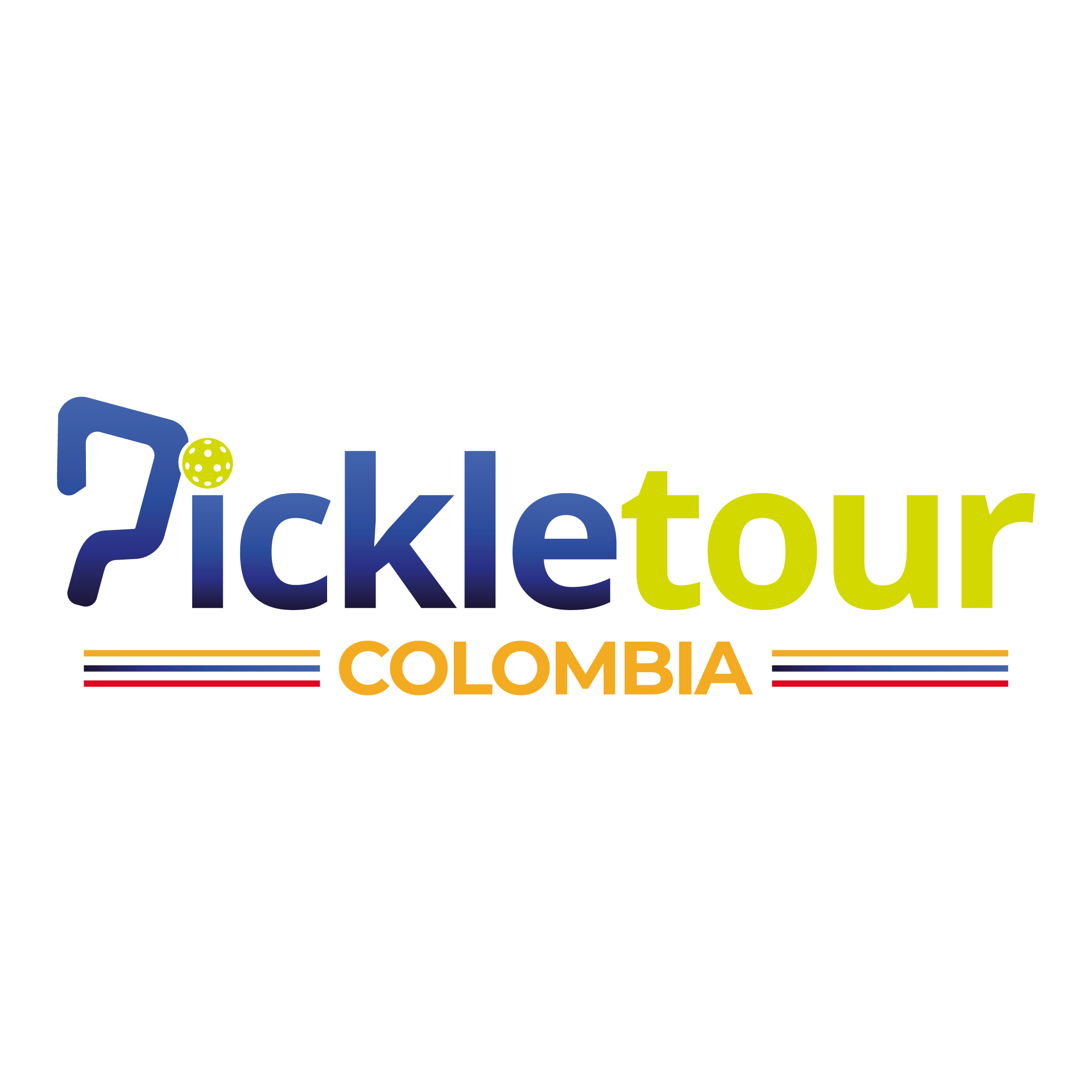You must also be keen on effective keyword usage on your website. For starters, avoid keyword stuffing and make sure wherever a keyword is used, it makes sense and provides search engines with context. Additionally, be keen on using keywords at different points of a page, including headers, body content, title tags, and meta descriptions. For these websites to rank higher than you, they must use keywords relevant to the search queries. Therefore, naturally incorporating these keywords in your content will result in higher rankings because Google and other search engines will consider your content relevant and high value. Identifying the terms that searchers use in Google search and other search engines provide direction on what existing content can be optimized and what new content can be created.
With our proven SEO Anomaly methods, you can expect improved visibility, increased website engagement, and higher conversion rates, positioning your business as a dominant local force. Expect to see a deeper integration of visual search and mobile-first experiences, along with smarter utilization of local signals that blend offline and online data. By staying agile and investing in innovative tactics today, you’ll be well-positioned to dominate tomorrow’s local search results.
- Could you replace any links or move a link to help guide someone to the next page?
- In the dynamic world of digital marketing, a keyword or gap analysis against competitors is a crucial tool for businesses aiming to enhance their online presence.
- Second, add descriptive alt text (HTML image descriptions) to images that carry important meaning.
- This approach supports long-term growth and improved search engine performance.
This can be updating existing content or creating brand new pieces of content. Good content also has a greater chance of being shared on social media and attracting links. By understanding and catering to the search intent of your target keywords, you align your content with the needs and expectations of your audience. Remember, the goal of SEO is not just to drive traffic but to drive the right kind of organic search traffic by providing value that matches the users’ search intent.
A blog post targeting the keyword ‘best video editors’ should primarily focus on top video editing software. Rather than extensively covering what video editors are or their general benefits. This method involves spotting keywords your competitors are targeting yet you aren’t.
Every website is different, so take the time to really understand a specific site’s business goals. You can get a glimpse of user intent by Googling your desired keyword(s) and evaluating the current SERP. For example, if there’s a photo carousel, it’s very likely that people searching for that keyword search for photos. Optimizing your site will help deliver better information to search engines so that your content can be properly indexed and displayed within search results. When someone searches for a high-level term (like “search engine optimization”), they’re usually looking for a definition.
✅ Use Breadcrumb structured data
Arguably the most impactful way of improving E-E-A-T on your pages is getting more quality links from other websites – backlinks. Understanding SEO’s definition is only the beginning of understanding how it works. First, you need to learn how search engines work, as their advanced algorithms power the search results and determine where websites appear in the search results. But make no mistake about the factors at the bottom of this list.
What is search engine optimization?
As AI continues to evolve, staying informed and adapting your SEO strategy will be essential for maintaining competitiveness in the digital landscape. By defining these objectives, you can track your progress and make data-driven adjustments to your SEO strategy. By following these best practices, you can create a strong foundation for your SEO efforts and maximize your chances of success. Either way, glossaries are an AWESOME way to find new keyword ideas.
Title tag and meta description are HTML elements that represent the title and description of the page. They are displayed in the search results or when the page is shared on social media. Many people are afraid of linking to other websites as they don’t want to “send their visitors away”. The truth is, linking to other quality resources can be good for you from an SEO point. Putting your focus keyword in the title tag (and, to a lesser extent, in the meta description) is very important. Many keyword research guides recommend focusing on the so-called long-tail keywords – keywords that are more specific and usually consist of more words.
Higher visibility in search results can drive more traffic to your site, ultimately helping you achieve your goals—whether it’s generating leads, selling products, or building an audience. In this beginner’s guide to SEO, we’ll walk you through the fundamentals of SEO and how you can get started. This guide is perfect for anyone looking to learn SEO for beginners.
